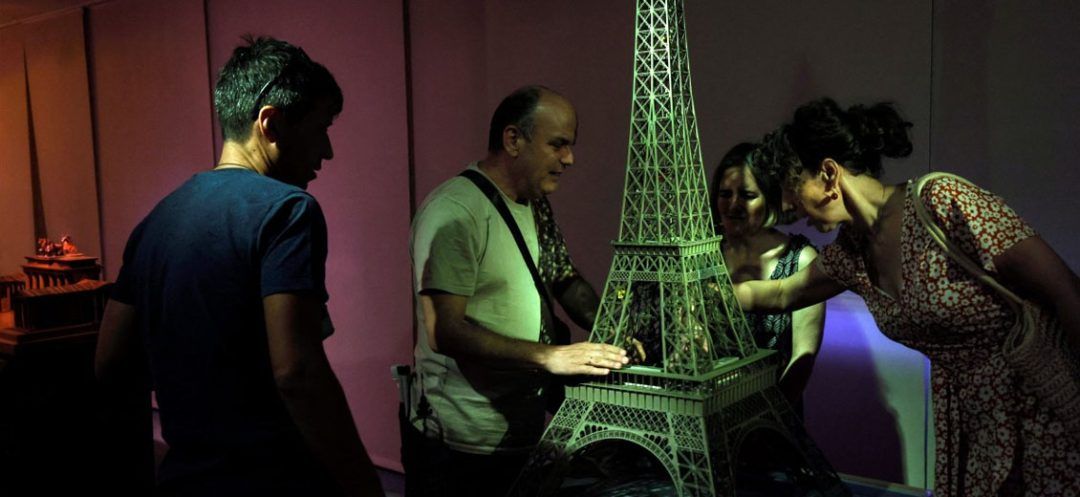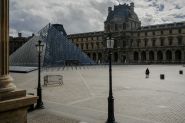
©Photo by Oscar Del Pozo/AFP
In Madrid, a unique museum allows the visually impaired to discover famous global monuments through meticulously crafted scale models, providing an immersive and tactile experience.
The Madrid Typhlological Museum, established in 1992 by Spain’s national organization for the blind (ONCE), offers a one-of-a-kind experience for visitors, particularly those who are visually impaired. The museum houses 37 intricate replicas of world-renowned monuments, all of which are listed as UNESCO World Heritage Sites. These models, made from various materials such as wood, stone, metal, and resin, are designed to be explored by touch, allowing visitors to gain a sensory understanding of the architecture.
Mireia Rodriguez, a visually impaired guide at the museum, emphasizes the uniqueness of the collection, stating that no other place in the world offers a similar experience. The museum welcomes visitors of all visual abilities, providing an inclusive environment for everyone to appreciate these architectural marvels.
For Marina Rojas and Jose Pedro Gonzalez, two visually impaired visitors, the experience was nothing short of remarkable. As they explored a small-scale model of Barcelona’s Sagrada Familia church, they marveled at the intricate details and unusual roof design. Rojas, who had never imagined the basilica in such a way, found the experience surprising and informative, as it provided her with a general idea of the monument’s layout and interior space.
[gallery size="full" link="none" ids="280190,280191"]
The museum’s collection is divided into two main sections. The first room showcases models of Spain’s most iconic landmarks, such as the Alhambra palace in Granada, Madrid’s Royal Palace, and the Santiago de Compostela cathedral. The second room features global landmarks, including the Taj Mahal, London Bridge, the Statue of Liberty, Rome’s Colosseum, the Parthenon in Athens, the Eiffel Tower, the Kremlin, and the Old City of Jerusalem, among others.
For Rojas, the opportunity to touch these works of art is invaluable. She explains that while most information comes through sight, touch provides a wealth of information that can help mitigate the frustration often experienced by visually impaired individuals when trying to understand and appreciate art and architecture.
Gonzalez, who has been blind since birth, found himself particularly drawn to the model of the Taj Mahal. As his hands explored the smooth curves of the marble dome, he was surprised to discover that the model itself was made from the same Makrana marble as the actual mausoleum in northern India. He expressed his love for the intricate details and craftsmanship that went into creating the monument, likening it to a piece of gold jewelry.
In addition to the scale models, the Madrid Typhlological Museum also features artworks created by visually impaired individuals and a display of historical tools and equipment used from the early 19th century until the 1980s to help blind people access culture, including books in Braille.
The museum’s existence is made possible by ONCE, which runs a lottery and popular scratchcard games that generate 2.5 billion euros annually. This revenue is used to pay the salaries of the organization’s 72,000 employees, 60% of whom have some form of disability, and to fund projects like the museum, which welcomed 16,000 visitors in 2023.
As Rojas and Gonzalez concluded their visit, they expressed their gratitude for the opportunity to experience these architectural wonders in a way that catered to their needs. The Madrid Typhlological Museum stands as a testament to the power of inclusive design and the importance of providing accessible experiences for all.
With AFP
Read more



Comments